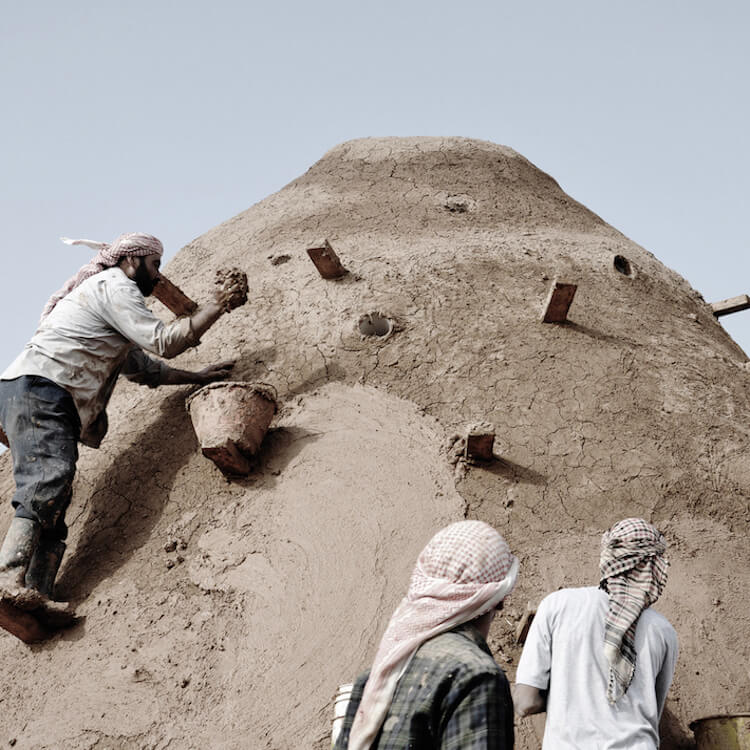ZAATARI, Jordan—In a world which sometimes feels on the brink of implosion, we are sometimes offered hope and reminded of the our collective humanity. This is the case with architecture firm Emergency Architecture & Human Rights (EAHR), which is behind the recent initiative 100 Classrooms for refugee children, which builds sandbag schools for Jordanian and Syrian children who have been displaced from their homes as a result of the six-year-long Syrian civil war.
The Syrian civil war has displaced millions of people, most of them are children, most of them do not receive education because of a lack of schools.A vast majority of people who have been displaced from Syria are now living informally within the host community, hence they are o en found without access to social security, sanitation and educational facilities.


ArchDaily writes Zaatari Village is currently home to 15,000 Syrians. EAHR has teamed up with the local community and local Non Governmental Organization Acting for Change Jordan to implement an extension of the existing school in order to serve more students and increase access to education for all.
The school will be used by children in the morning and by adults during the afternoon, who will use the space to learn reading and writing skills.


The bee hive shaped low-cost and energy efficient classroom was constructed using SuperAdobe method, which uses bags of earth to shore up the structure, and also aligns with the domestic cultural architecture of those displaced.
The construction is inspired by the Great Mosque of Djenné, traditional earth architecture from Mali and vernacular beehive house structures of Syria originating form Aleppo and Homs, where many of the refugees come from.

The building’s unique shape and construction material makes it suitable to withstand the region’s hot summers and cold winters, ArchDaily reports.
This kind of building technique does not require high-tensile-strength reinforcements and can be built quickly with unskilled labor, performing better than tents, cement blocks and corrugated metal sheets in terms of thermal insulation. In comparison with a cement block structure of similar dimensions, the costs for construction were halved.
EAHR’s website states it works and builds in accordance with the Universal Declaration of Human Rights (U.N. Paris 1948) and the U.N.’s Sustainable Development Goals.
Not only did the the organization help create a space for learning and continuing education, but it also trained local workers building the classroom, bolstering the local community with sustainable, low-cost and energy efficient construction skills, which will be needed especially for Syria’s future reconstruction.


Related Cfile articles on sustainable architecture:
Two Approaches to Creating Architectural Relationship
Vented Terracotta Brick Captures Heat and Sends it Packing
And more.
Do you love or loathe this architecture from the worlds of contemporary ceramic art and contemporary ceramics? Let us know in the comments.

Really, really great initiative!